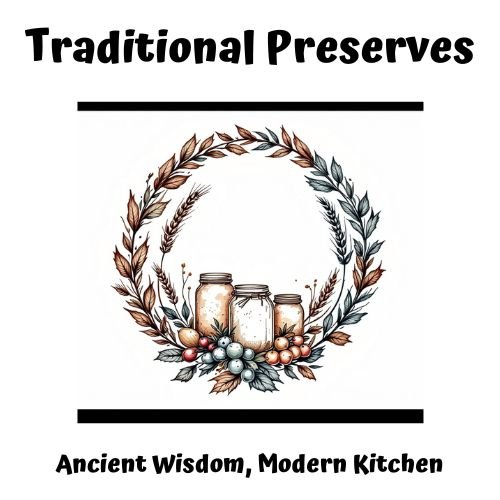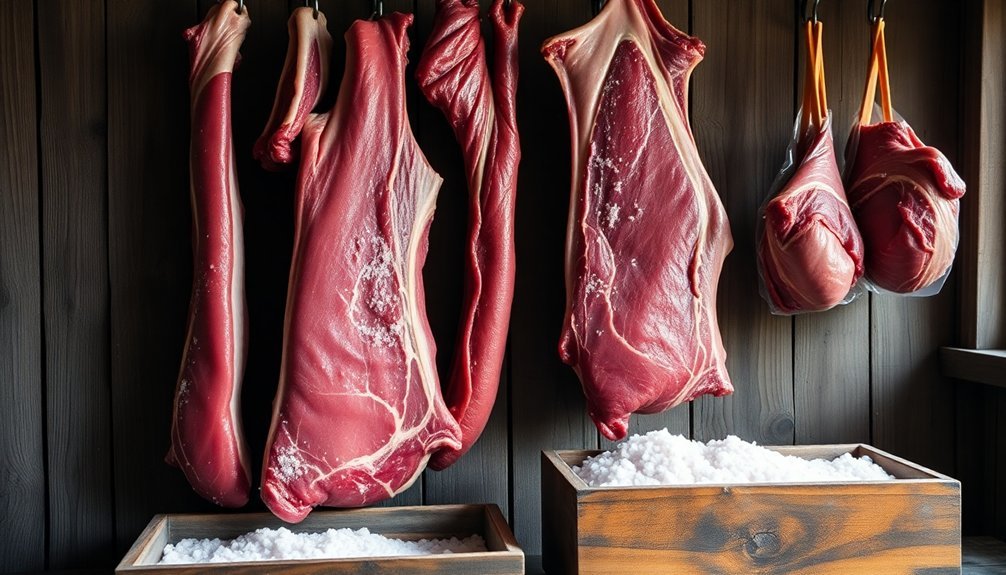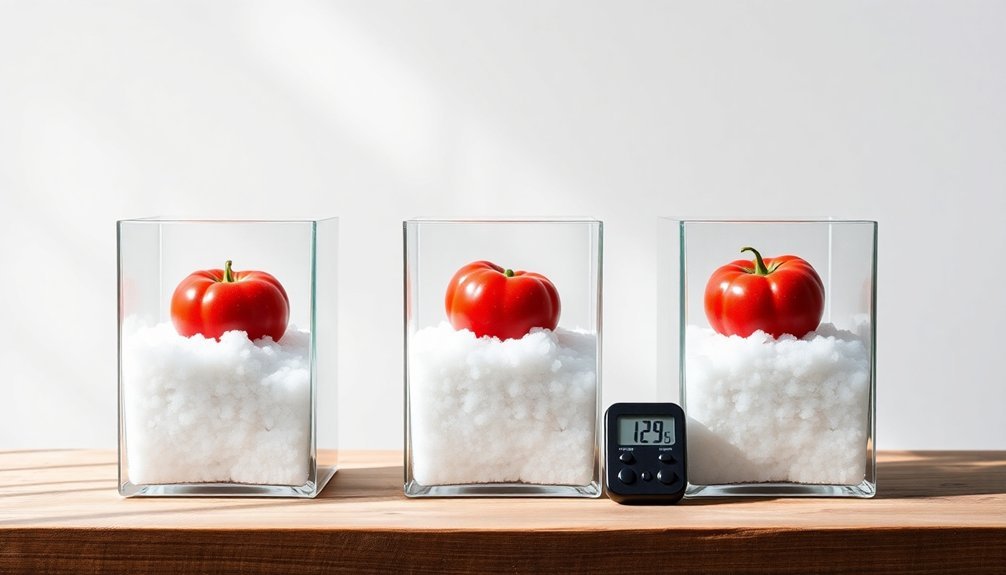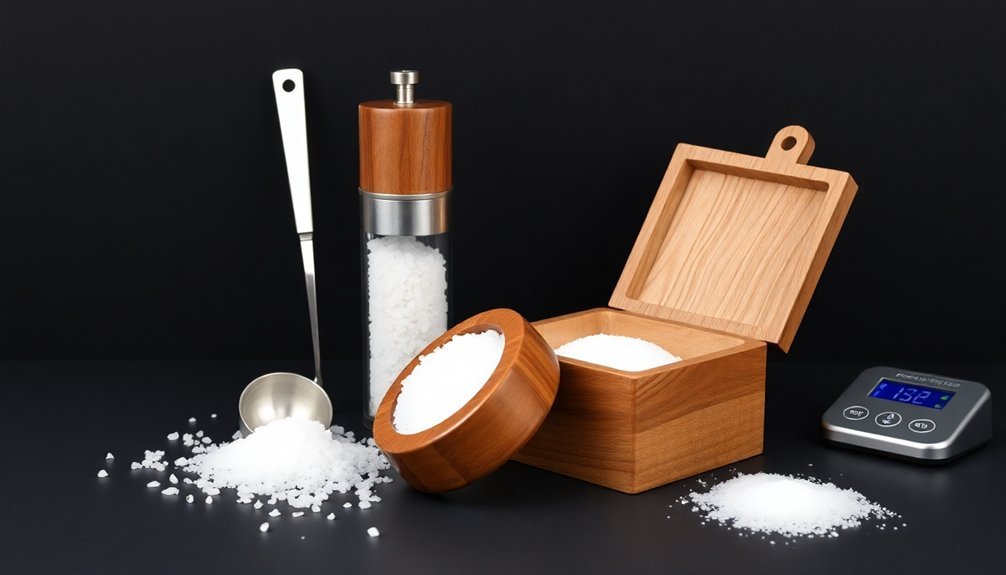You'll find the Greeks mastered oil storage through ingenious vessel designs and practical innovations. They developed specialized containers like amphorae with pointed bottoms for maritime transport and wide bodies for maximum capacity. Their two-handled design made carrying easier, while narrow bases allowed stable stacking. They understood temperature control was essential for oil quality and created specific vessels for different purposes – from daily use to religious ceremonies. Their maritime trade routes drove continuous improvements in durability and efficiency. These ancient storage solutions were so effective, they've influenced how we preserve olive oil to this day.
Ancient Greek Storage Vessels

Dusty amphorae line the shelves of modern museums, telling the story of ancient Greece's mastery of oil storage. These large ceramic vessels weren't just containers; they were the backbone of olive oil trade and transport throughout the Mediterranean. The unique pointed bottom design helped secure these vessels in ships during transport. You'll find them in various sizes, expertly crafted to preserve their precious contents for extended periods.
When you explore ancient Greek storage solutions, you'll discover they didn't rely solely on amphorae. They developed specialized vessels like the amphoriskos, a smaller version perfect for personal use and storing perfumed oils. The aryballos, with its distinctive rounded body and narrow neck, became a popular choice for storing oils used in daily life.
For your most precious scented oils and perfumes, you'd have chosen an alabastron, often crafted from fine stone or terracotta. The Greeks also created the lekythos, a slender vessel adorned with intricate designs that you'd have recognized instantly as an oil container.
Each vessel type served specific purposes, whether you were a merchant shipping large quantities across the sea or a wealthy citizen storing premium olive oil in your home. This specialized approach to storage demonstrates why the Greeks excelled at preserving and transporting oils for centuries.
Amphora Design and Function
From its distinctive two-handled design to its practical shape, the amphora stands as ancient Greece's most versatile storage vessel. You'll find its wide body and narrow neck perfectly engineered for storing and transporting liquids, particularly olive oil and wine. The design wasn't random – craftsmen developed these vessels with a capacity of 20-25 liters, making them manageable for handling during trade. The skilled artisans produced these vessels in specialized kilns to ensure durability.
| Feature | Purpose | Benefit |
|---|---|---|
| Two Handles | Balanced carrying | Easy transportation |
| Narrow Base | Stable stacking | Efficient storage |
| Wide Body | Maximum capacity | Bulk containment |
When you examine an amphora's construction, you'll notice it's built in stages on a potter's wheel, with drying periods between sections. This technique created a sturdy vessel that could withstand long-distance travel. While some amphorae were left undecorated for everyday use, others displayed elaborate artwork, particularly the Panathenaic prize amphorae. These special vessels featured Athena on one side and athletic events on the other, serving as prestigious awards filled with olive oil. The amphora's versatility extended beyond liquids – you'd find them storing everything from grain to honey, making them indispensable in ancient Greek commerce and daily life.
Temperature Control Methods

While amphorae provided excellent storage solutions, the Greeks mastered precise temperature control methods to maintain oil quality. You'll find that their understanding of temperature's impact on oil production was remarkably sophisticated, as they discovered that proper temperature control during processing led to superior oil quality. Early harvesting trends and changing climate patterns have made cold storage essential for preserving fruit integrity.
The Greeks knew you'd get the best results by carefully managing olive ripening and processing temperatures. They'd sprinkle olives with salt and nitre to induce sweating, which helped advance ripeness before crushing. You'll notice this technique aligns with modern knowledge that ideal temperatures for pulp churning should be between 25 and 29ºC for the highest quality oil.
Today's methods build upon these ancient principles, but you're now able to achieve even more precise control. You can use full-inverter chiller plants for exact glycol temperature regulation and implement forced circulation units with defined flow characteristics.
When you're processing green olives, which the Greeks prized for premium oil despite lower yields, you'll want to maintain strict temperature control through heat exchangers at the grinder outlet, just as the ancients recognized the importance of temperature management for quality oil production.
Trade Impact on Storage
The bustling maritime trade routes of ancient Greece shaped the evolution of storage technologies, particularly in the development of specialized amphorae. You'll find that these containers weren't just simple pottery – they were engineered solutions designed specifically for transporting liquids like olive oil and wine across the Mediterranean.
As trade expanded, you'd see how the Greeks refined their storage designs to meet growing demands. Their amphorae had to be durable enough to withstand long sea voyages while keeping valuable liquids secure. The standardization of these containers made loading and unloading more efficient, helping merchants maximize their profits and meet tax requirements set by city-states.
The Greeks' reliance on trade drove continuous improvements in storage solutions. Since they couldn't grow enough food locally, they needed effective ways to transport their olive oil and wine exports to exchange for essential imports like wheat and barley.
You can trace this expertise in liquid storage through history to modern times, where Greek shipping continues to play a significant role in global oil trade. Their ancient knowledge of secure liquid storage has evolved into today's sophisticated oil transport solutions.
Religious Storage Customs

Sacred storage practices shaped how Greeks preserved and handled olive oil for religious ceremonies. You'll find that special attention was given to blessed oils, particularly those consecrated during the Feast of the Epiphany on January 6th. Families kept small, dedicated bottles of blessed oil separate from their regular cooking supplies, guaranteeing they'd have it on hand for special moments and home remedies.
In Orthodox Christian traditions, you'd see olive oil stored on the Holy Table or Table of Oblation, often mixed with myrrh and various spices for ceremonial use. The storage vessels needed to be clean and consecrated, reflecting the oil's spiritual significance.
When priests blessed the first oil of the season, they'd make certain it was stored in appropriate containers that preserved both its physical quality and sacred nature.
You'll notice that the Greeks' religious storage customs reflected their deep respect for olive oil's dual role in spiritual and daily life. They developed specific practices for keeping ceremonial oils separate from common supplies, using dedicated vessels that protected the oil's purity while honoring its religious importance.
Frequently Asked Questions
How Did Greeks Prevent Olive Oil From Becoming Rancid During Long Voyages?
You'll find Greeks protected olive oil during voyages by using sealed amphorae, keeping it at 15°C, preventing light exposure, and minimizing oxygen contact. They'd fill containers completely to reduce air space.
What Materials Were Used to Seal Storage Vessels Before Clay Stoppers?
You'd find pitch and resin were the primary sealants before clay stoppers. They'd coat the vessel's interior during production, preventing liquid permeation and ensuring your olive oil and wine stayed fresh during storage.
Did Different Regions Develop Unique Storage Methods Based on Local Climate?
You'll find that regions adapted storage methods to their climate: coastal areas buried amphorae in sand, desert regions used underground cellars, and cooler regions developed specific methods for protecting oil from temperature fluctuations.
How Did Greeks Test the Purity of Stored Olive Oil?
You'll find ancient Greeks relied on their senses to test olive oil purity. They'd check the oil's taste, smell, and appearance, while also considering the producer's reputation and region of origin for quality assessment.
What Cleaning Methods Were Used to Maintain Reusable Storage Vessels?
You'll need to rinse vessels with cold water first, then use hot water and steam for thorough cleaning. Finally, sterilize with sodium meta-bisulphate and guarantee proper exterior cleaning with washing-up liquid.
In Summary
You'll find that the Greeks' mastery of oil storage wasn't just about the vessels – it was a complete system that transformed trade and daily life. From their expertly crafted amphorae to their innovative temperature control methods, you can see why their techniques lasted for centuries. Whether you're examining their trade practices or religious customs, you're looking at solutions that still influence storage methods today.





Leave a Reply